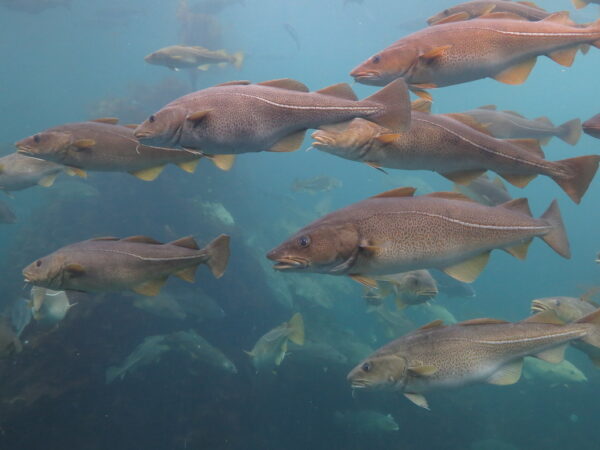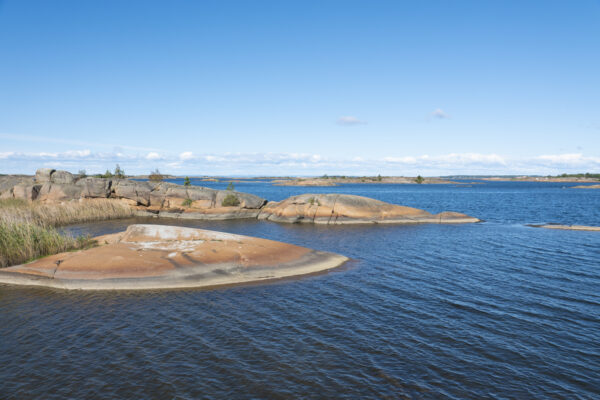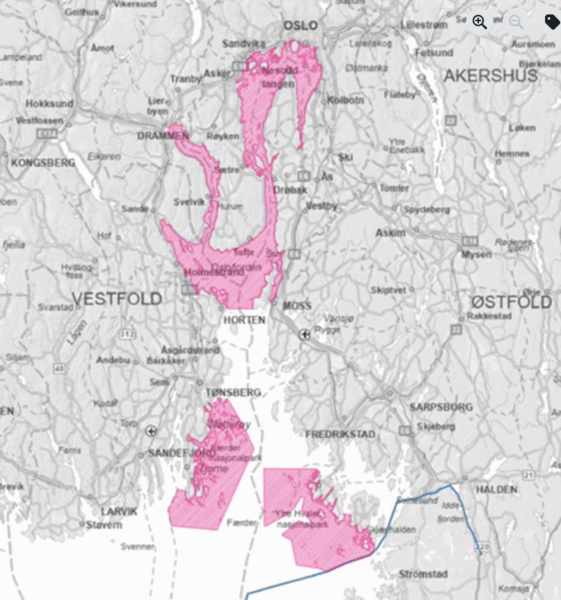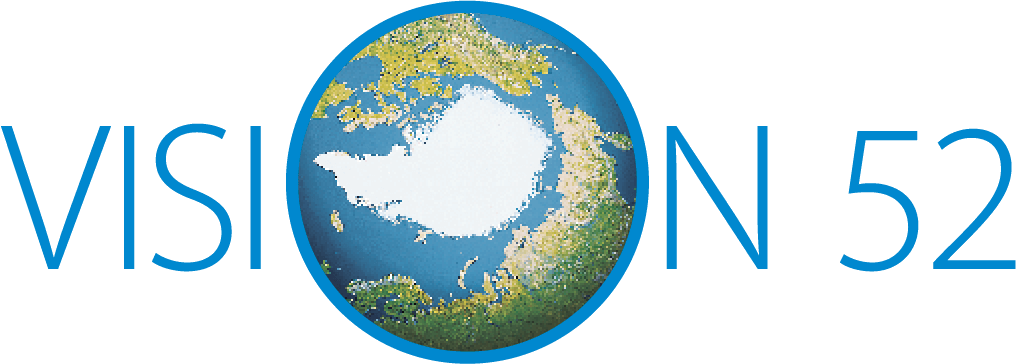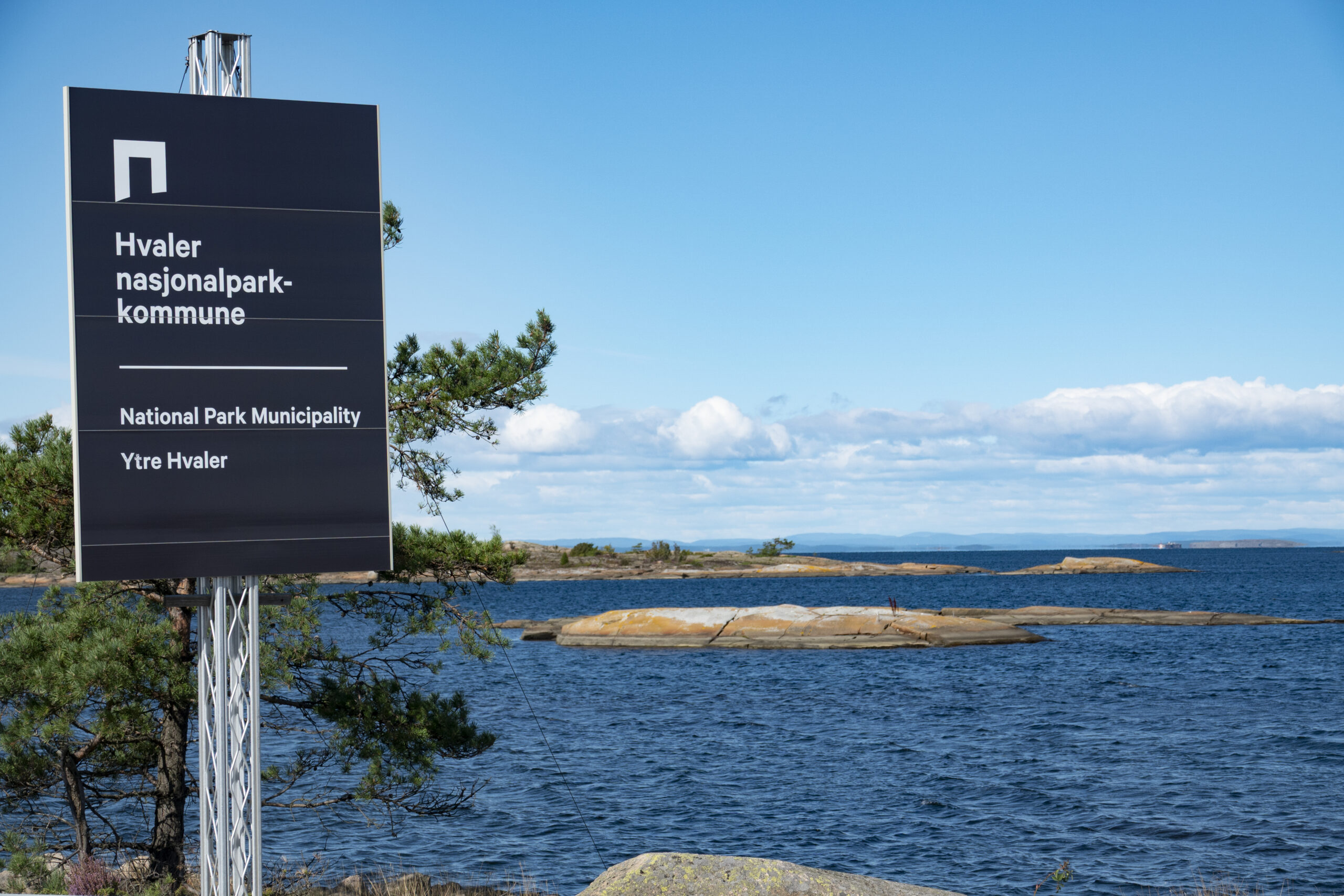by Peter Prokosch
I recently passed Hvaler National Park on a bike ride. It was here, among other places, that the Norwegian government made the remarkable decision to save the Oslo Fjord by establishing large no-fishing zones (see our earlier news post). At the same time, the issue is also playing a role in the current election campaign in Norway and is being criticised, in some cases with irrelevant or party-political arguments. I have therefore briefly summarised the most important arguments that make this measure not only clearly correct, but urgently necessary:
Urgent action: The Oslofjord is under severe ecological stress. Overfishing, habitat loss, and pollution have already caused declines in fish stocks (for example, cod stocks are already so depleted that the Minister for Fisheries already since 2019 had to ban fishing for coastal cod along the entire south coast of Norway) and overall biodiversity. No-take zones provide an immediate, tangible measure to halt further degradation.
Complementary, not contradictory: Measures to reduce nutrient inputs (sewage treatment, agricultural runoff) are costly, complex, and take years to show effect. No-take zones act now, creating recovery areas while these long-term measures are implemented. Both approaches are necessary and reinforce each other.
Short-term losses vs. long-term gains: Fishermen may face temporary reductions in catch. However:
– Populations inside the zones grow and spill over.
– Larger, more abundant fish outside increase future catches.
– International experience shows recovery zones increase long-term income for local fishers.
Ecosystem resilience: Quick protection prevents species collapse, protects spawning grounds, and maintains natural food webs. Waiting for slow eutrophication measures could allow irreversible damage.
Social and political context: While fishers’ concerns are legitimate, early protection avoids long-term economic and ecological loss. Compensation schemes, transitional support, and participatory management can ease short-term hardship and align local communities with conservation goals.
